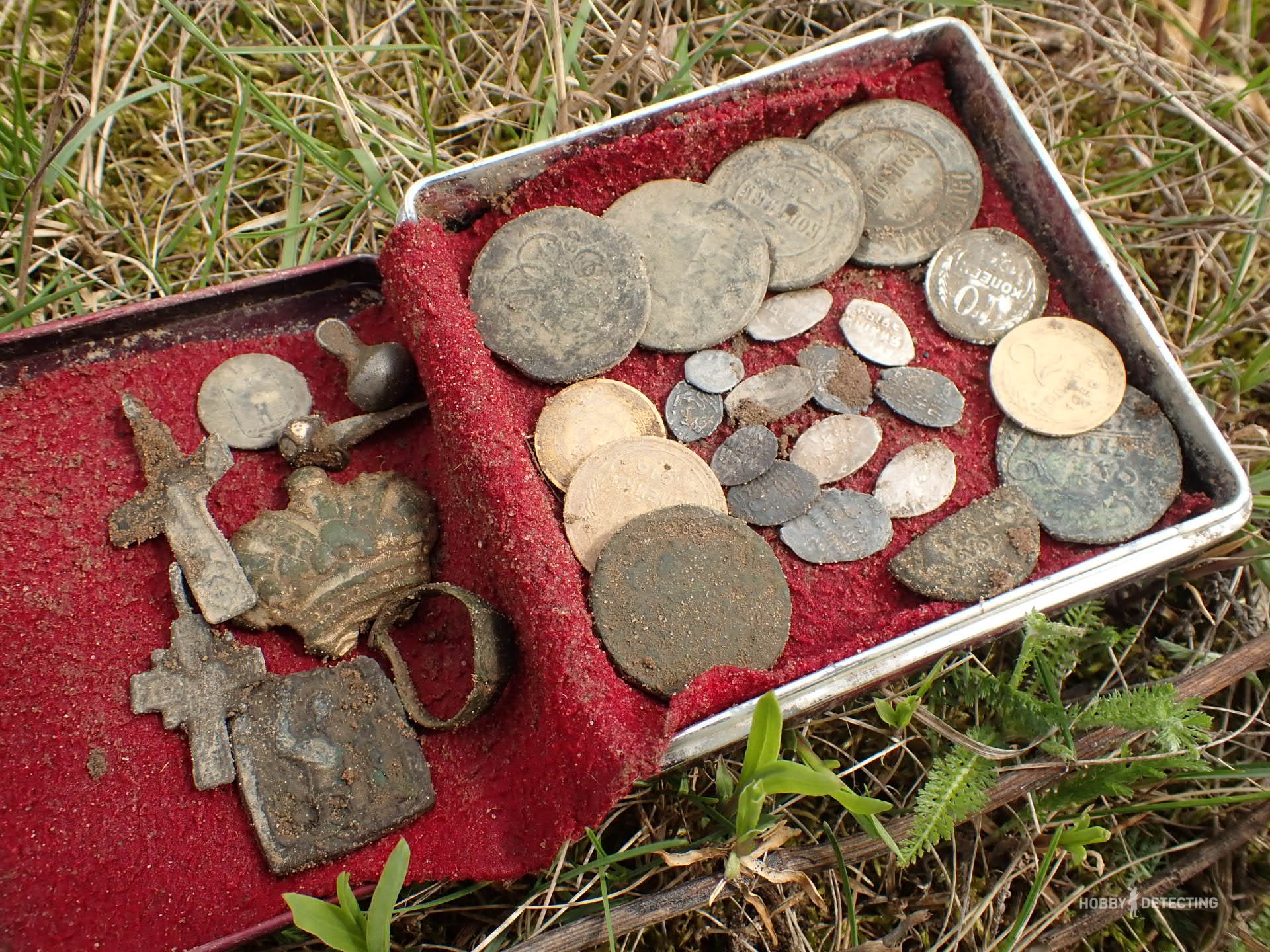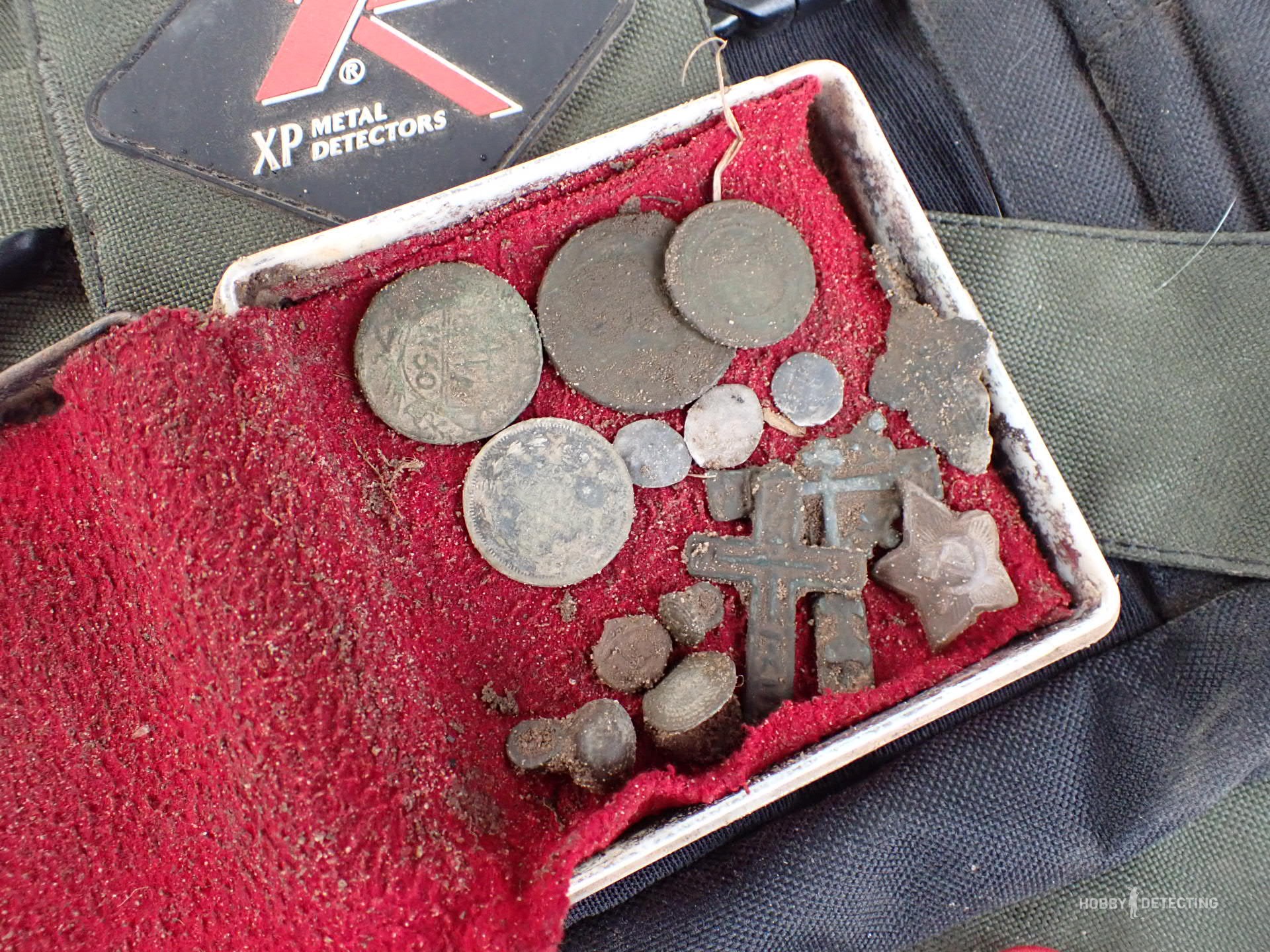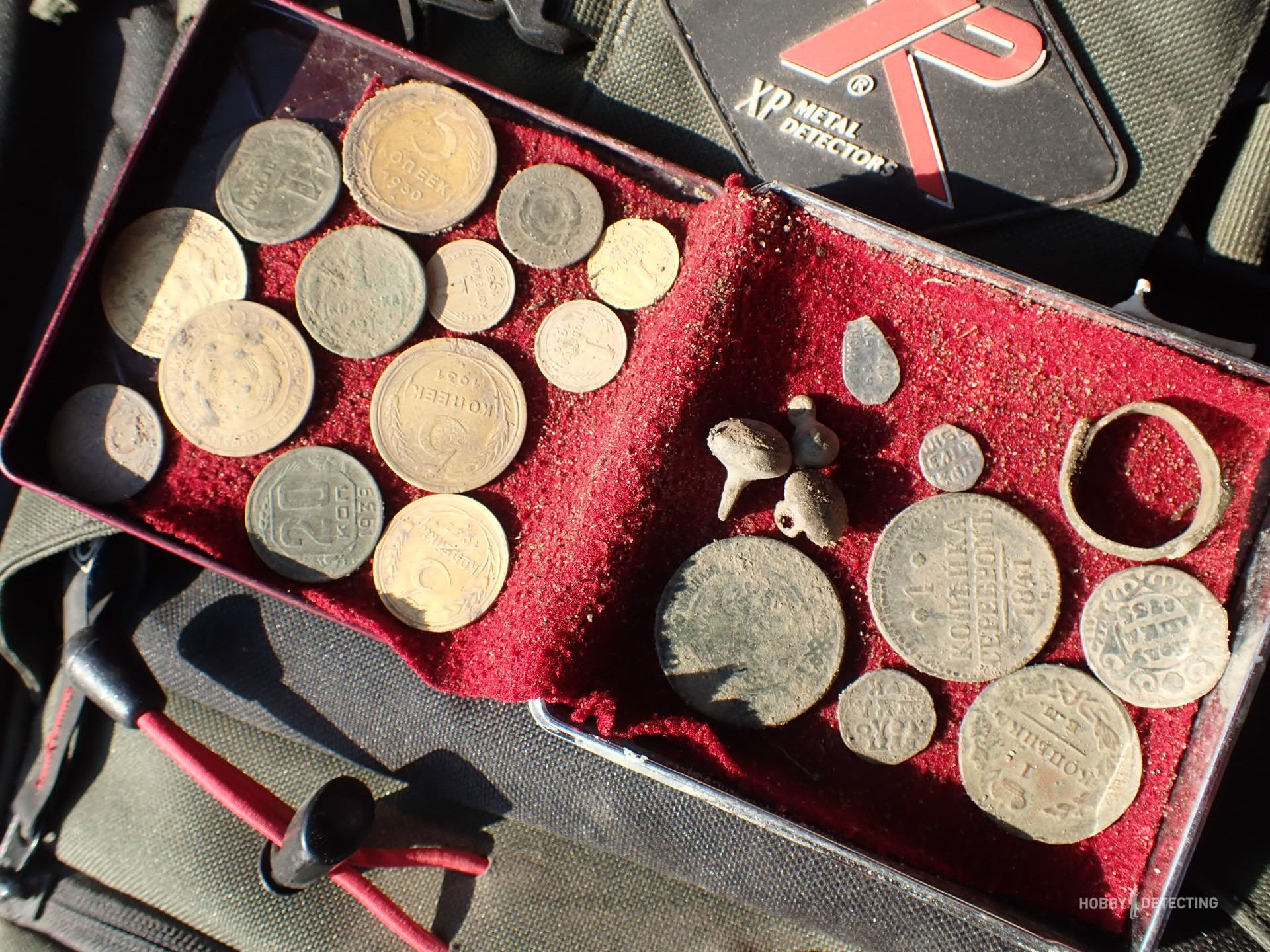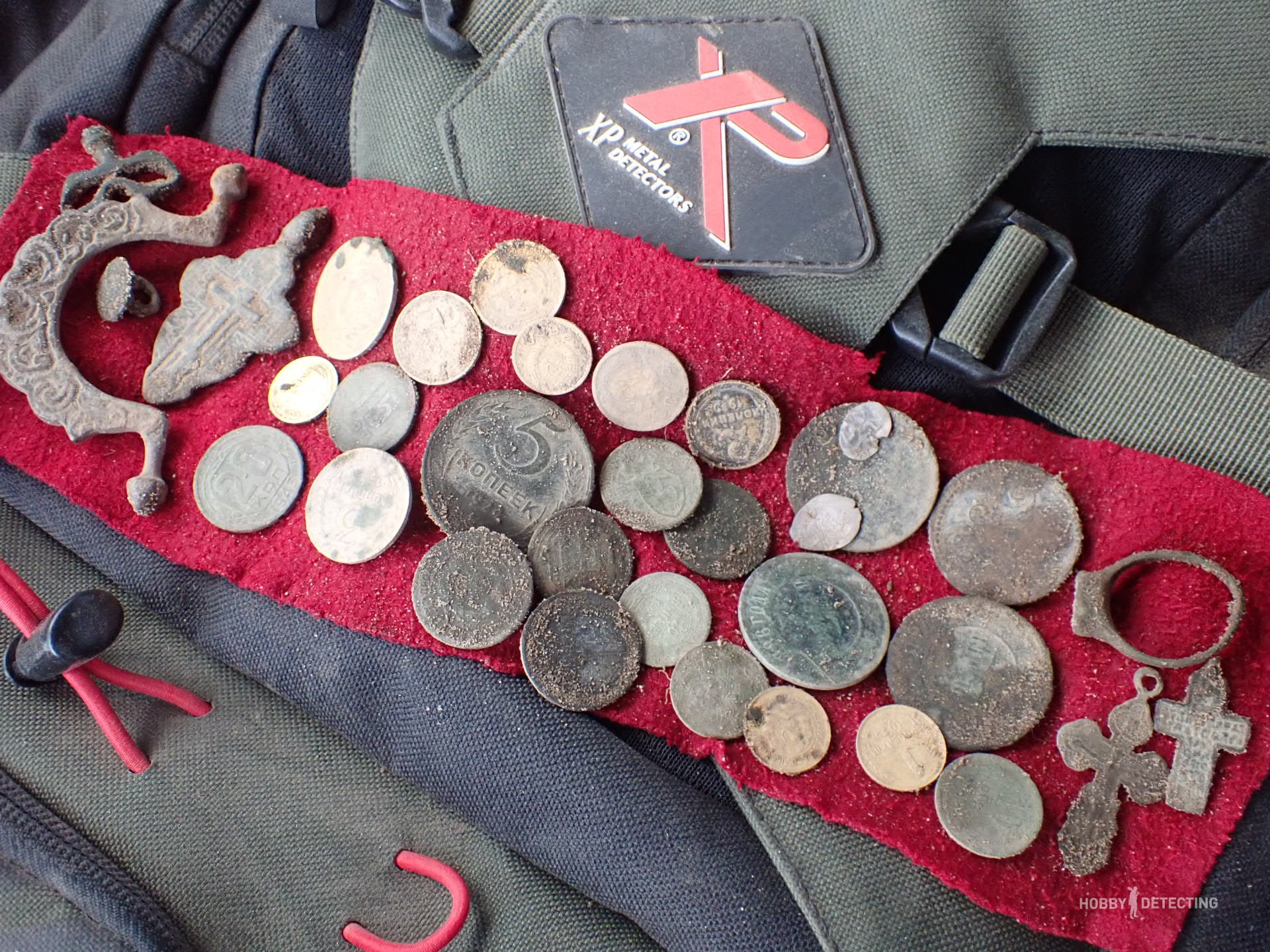How to look for and find a lot of coins in a plowed field. Advice for novice diggers
Good mood to you, dear readers of our blog.
As an analysis of the reaction of VK users to my photographs with a report on another cop shows, cops and readers are divided into three main groups:
— Those who don’t believe that you can dig like this every time you go out into the field to dig.
– Those who believe that sometimes such results happen. It's all a matter of chance.
– And, those who know, you can dig so effectively often and regularly, and chance is the last factor here.

Instrumental search is an intellectual hobby. Of course, no one can cancel the factor of chance here; I myself can recall several dozen such stories. However, in order to dig well in a plowed field, it is not enough to believe in your luck and exclusivity. Therefore, if you, dear readers of our blog, are interested in my experience, then I am convinced that you will find this article very interesting.
Selecting the field itself. Naturally, it is unlikely that you will find many coins in a plowed field using the principle “Let’s go in that direction and explore all the plowed fields that we come across along the way.” I recommend, first, or during the trip, to look immediately to see if you passed along this field of old roads. The larger the road network in a field, the more interesting it will be for a cop.

“Come on, what kind of professional advice is this? “These are the basics of a cop,” the reader will politely say in response to this advice. I'll answer. It’s unlikely that many of you know why there were so many unnecessary roads in this or that field and sometimes repeating their directions? It’s all about the number of landowners who had their own plots (four) of land plots in this field. In those distant times, roads passed along the boundaries of land surveying and were the main markers of this very survey. I will definitely write about this in more detail in one of the following posts. So don't forget to subscribe to our channel.

Determining the location on the field itself. If you are standing at the edge of a field unknown to you, and you are wondering which edge to start from. I recommend, first of all, starting with the direction of those same roads. Old maps do not always, or rather almost never, indicate the exact location of dirt roads. These are just directions. Sometimes many people think. That the roads followed the shortest path between two neighboring villages or hamlets. As I wrote above, this is not entirely true. The roads followed the boundaries of land surveying.
Dark spots on the field itself. This is the first visual sign that you should pay attention to when moving across the field in reconnaissance mode. Where houses or outbuildings once stood, the soil is always much blacker against the background of the lighter soil characteristic of a particular field. In a plowed field, such spots always stand out very well.

Ceramics. This is not one hundred percent, but, together with other signs, it is a very important factor in determining a good place for a cop. Very often, I will clarify that it very often happens that in an area with a huge emission of broken ceramics, the metal detector does not see a single metal signal. Generally empty. This means that there was either some kind of settlement of the early Bronze Age. Or, which is the most common and correct option, this broken ceramic ended up on this field with manure as fertilizer. In ancient times, cattle were kept under the same roof as people, so all the broken pottery ended up in the dung heap. Then the peasant carried this manure to fertilize his strip of arable field. So, ceramics in the field is just an additional but not the main factor of your attention.

Iron signals. Very often, in my practice, places where there were a lot of coins and other interesting finds had no traces of broken ceramics or darkening of the soil at all. Why? Well, here you can understand that the building that stood here could have been dismantled and it did not burn. And the zealous owner did not throw broken pots, cups and bowls into the yard or under his feet, but collected them in a separate box for further use for some household chores. I repeat, very often, places where, by all indications, certain buildings stood, have practically no traces of broken ceramics.
However, in such places there is always, absolutely always, a large amount of small household iron. First of all, these are nails. In general, the amount and types of iron vary greatly depending on the time people lived in a given place. But, undoubtedly, this is the most important sign that closer attention needs to be paid to this area of the field.

Conclusion. If you find a combination of all three of these factors, you can be sure that there will be good finds. At such a place you need to stop, look around and begin to carefully, very carefully, step by step, with small steps and slow movements, comb out a piece of earth. And, I assure you, you will definitely and certainly find many good finds in this area. Unless, of course, a digger has already visited this meth before you. That, from experience, I was able to find this area and, long before your appearance, dig well and successfully in this place. But, that's a completely different story.

PS To illustrate this note, I used photographs of reports from a standard cop for the day. You have the right to consider these photos staged and, with a malicious grin, write “Nu-nu” in the comments. I'm not going to prove anything. Just after publishing the note, I’ll go and dig a little more in that very field for my own pleasure.
I wish you good luck and good finds on the mine. Like from you if the note was interesting to you.

